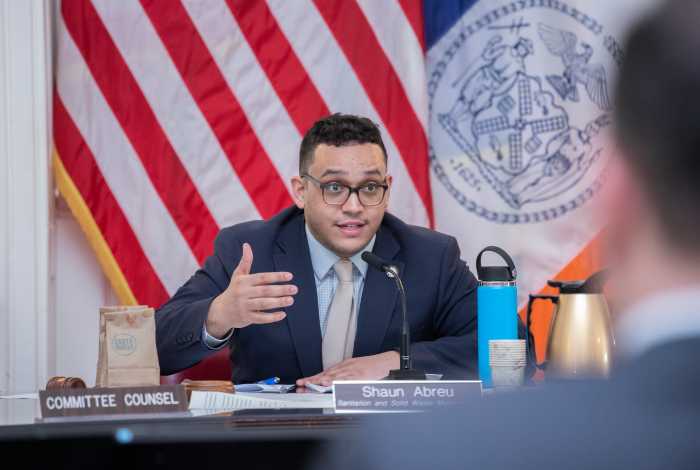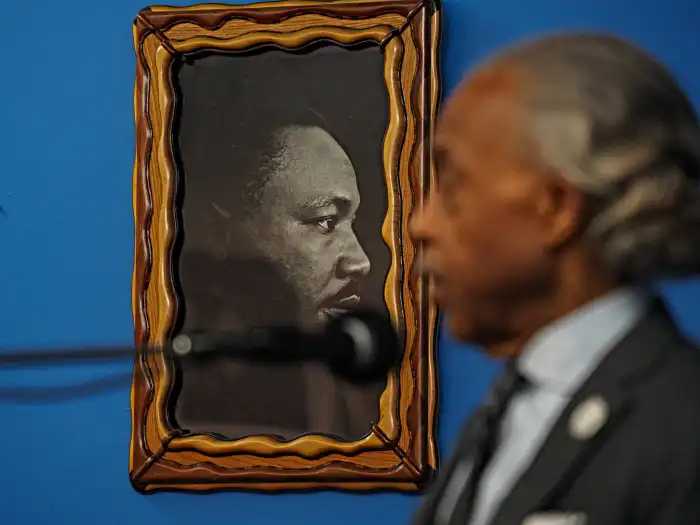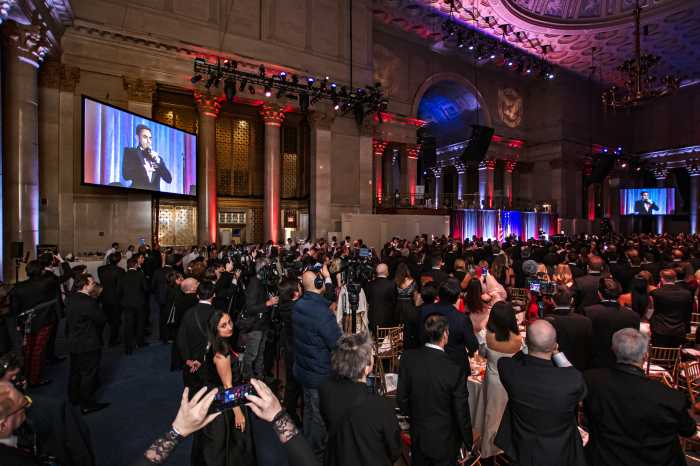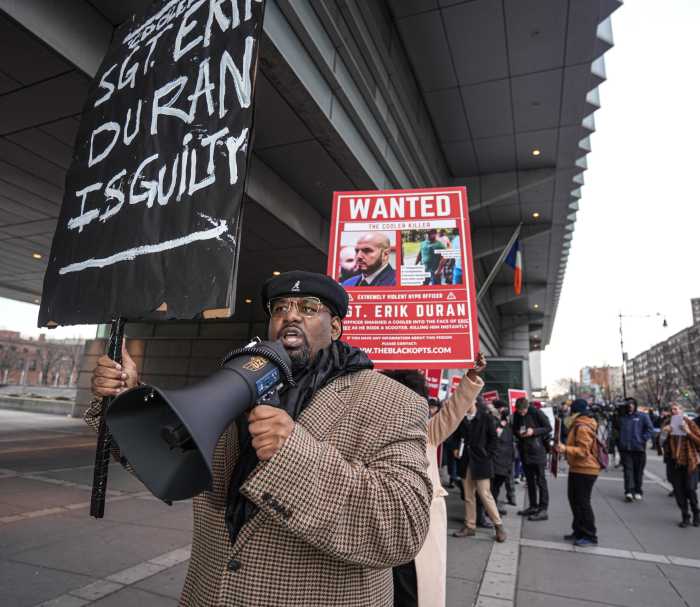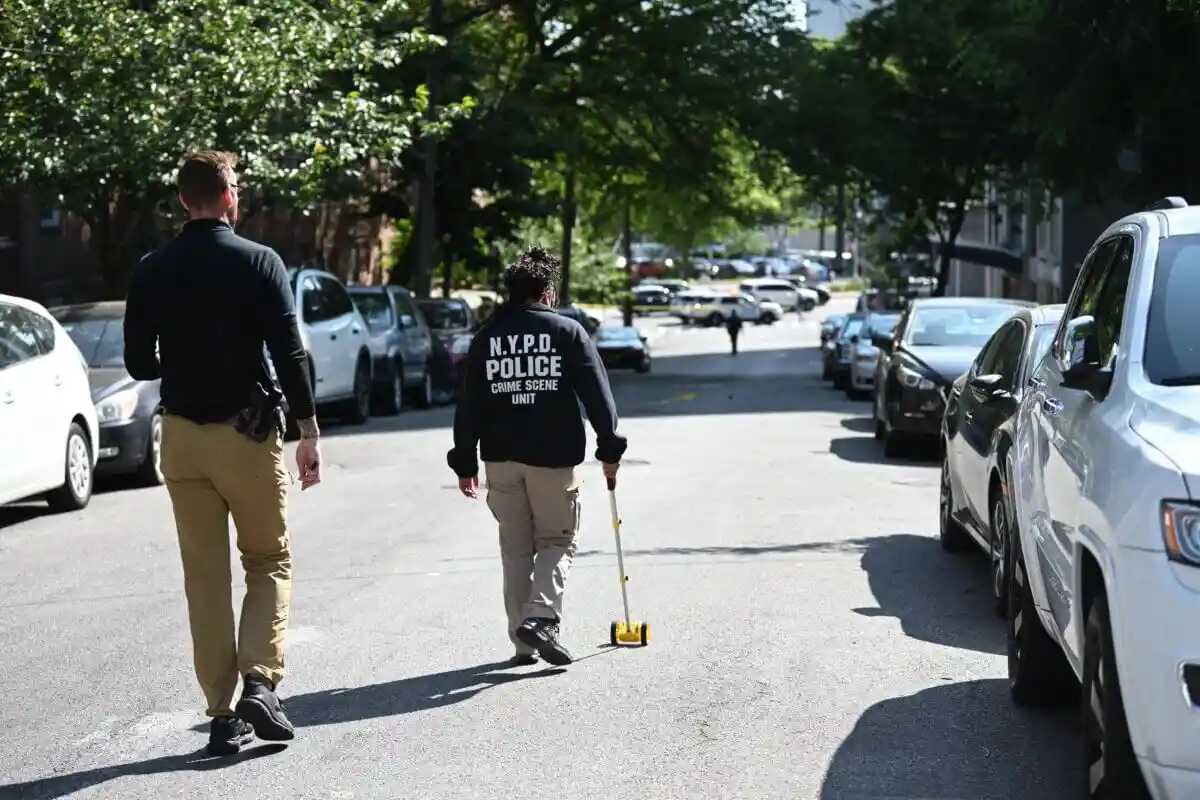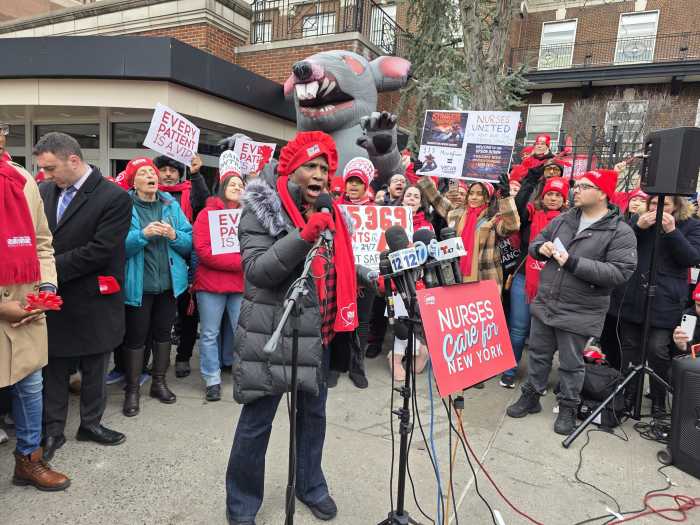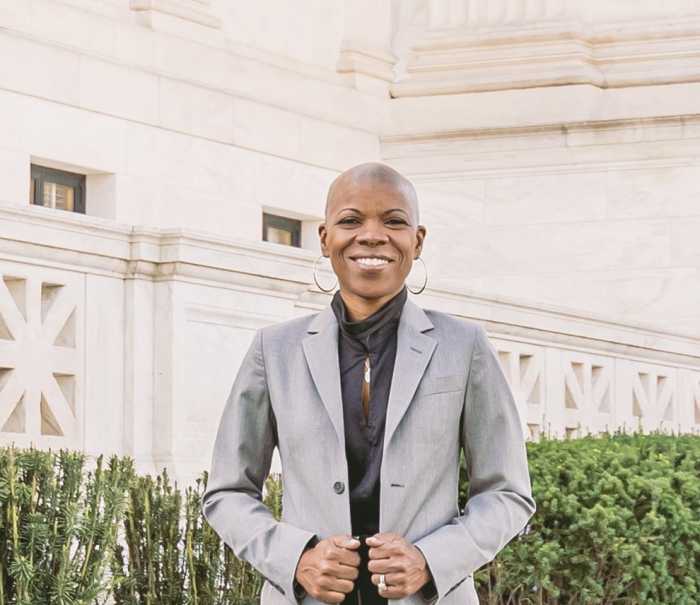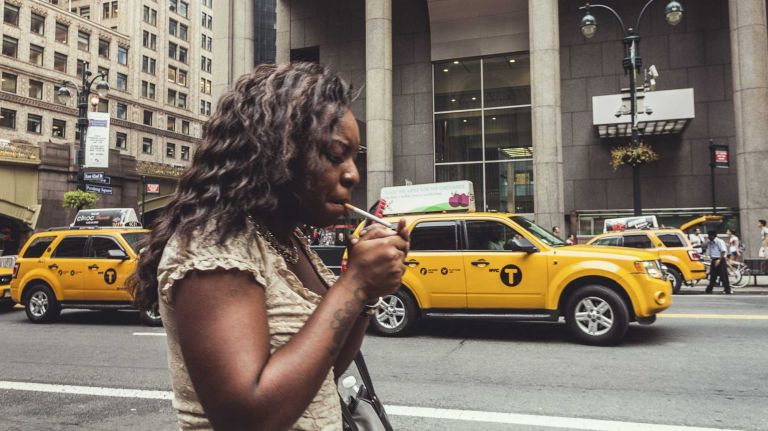
A slight dip in funding to anti-smoking programs led to an increase in the number New Yorkers lighting up, according to a report Tuesday.
The report by the Independent Budget Office, a nonpartisan watchdog group, found spending on health department staff for anti-smoking programs; nicotine replacement therapies; and advertising and media campaigns decreased from around $16 million in 2007 to roughly $9 million in 2013.
In 2010, the percentage of adult New York smokers was 14%, a 15-year-low, however it increased to 16.1% in 2013 — the last year data was available — amounting to roughly a million people.
The national smoking rate remained 1.7% higher than the city’s rate in 2013, but it hasn’t seen an increase since 2009, according to the IBO report.
Michael Davoli, director of government relations for the American Cancer Society, said the nonprofit noticed this correlation for a few years and said it was concerning.
“New York has always been at the forefront when it comes to fighting tobacco, but they haven’t kept up with its tobacco control and cessation programs.”
Davoli acknowledged the budgets for the initiatives, which also goes to pay employees, are higher than the $2 million budget in 2001 when the health department launched its anti-tobacco campaign.
He noted that inflation increased significantly in the last 14 years and said the health department could have managed its resources better.
“We’re not taking that money and investing in helping those people who are addicted and preventing more people starting in the first place,” he said.
Dr. Amy Fairchild, a professor at Columbia University’s Mailman School of Public Health, agreed that the budget cuts had a factor in the increased smoking rates.
The majority of people who benefit from city anti-tobacco programs are lower income New Yorkers who were hit hardest during the recession and don’t have the access or means to fight their habit, according to Fairchild
“The greater the resources the greater chance you have you can reduce the number of smokers,” she said.
A spokeswoman for Mayor Bill de Blasio’s office, said the administration set aside $7.2 million in last year’s budget and $7.3 million in this year’s budget for anti-tobacco efforts.
“The Health Department has made anti-smoking programs a top priority, using evidence-based practices to both help smokers quit and prevent New Yorkers from starting to smoke in the first place,” spokeswoman Amy Spitalnick said in a statement.
Smokers’ rights advocate Audrey Silk, criticized the mayor’s office for the increase in funding, noting that the IBO report shows that the millions of dollars spent by the city had no effect on smoking rates in the last five years.
“The only time the anti-smoker advocates will ever admit that their multipronged campaign is not effective in controlling a legal adult lifestyle choice is when they’re whining for more money,” she said in a statement.
Fairchild disagreed and said New York still leads the nation when it comes to curbing smoking habits. She said the programs, especially the graphic commercials that show the side effects of long-term smoking, are effective.
“One of the things that the city saw when they put out those ads is an increase in 311 calls for tobacco cessation help,” Fairchild said.



